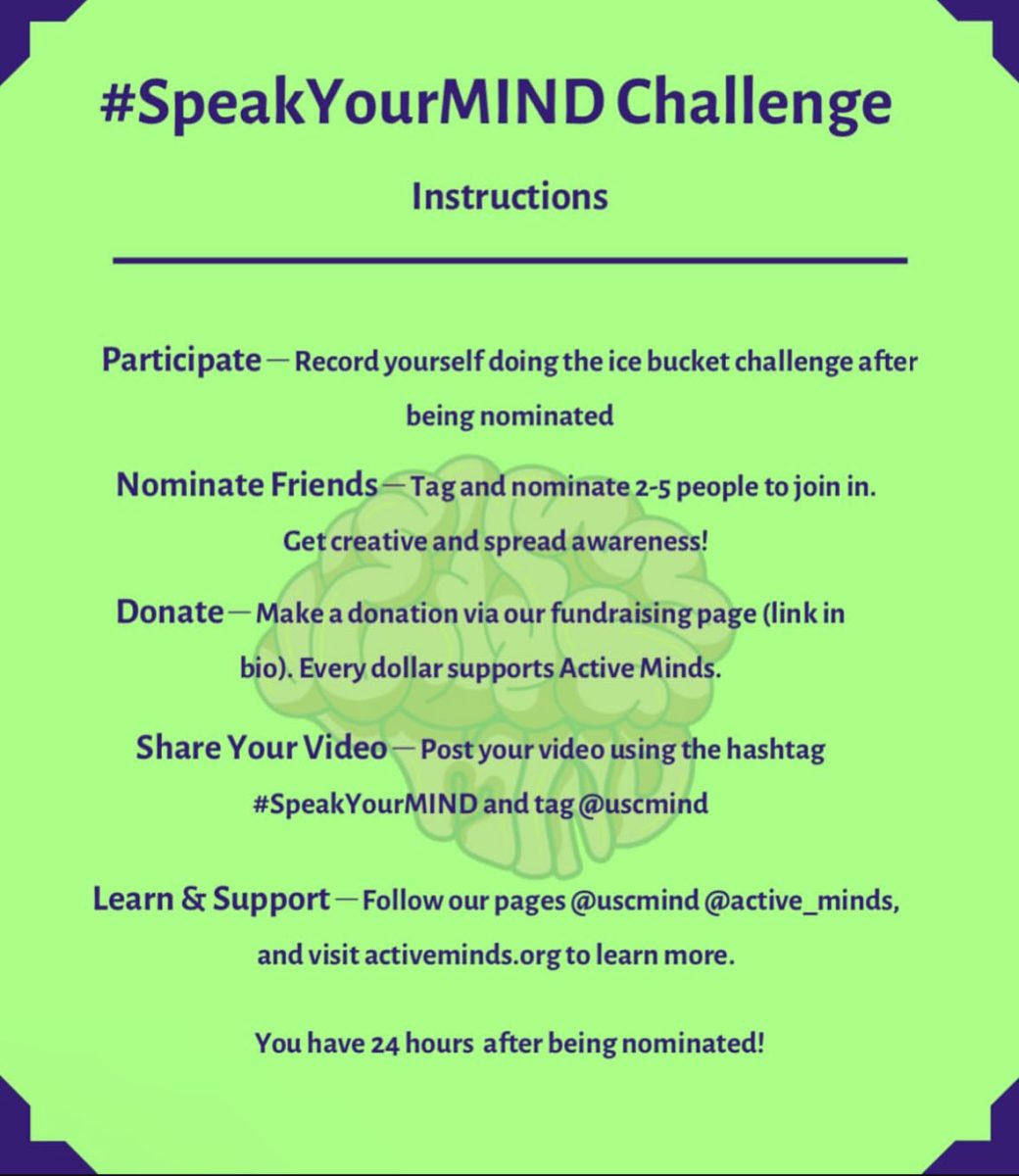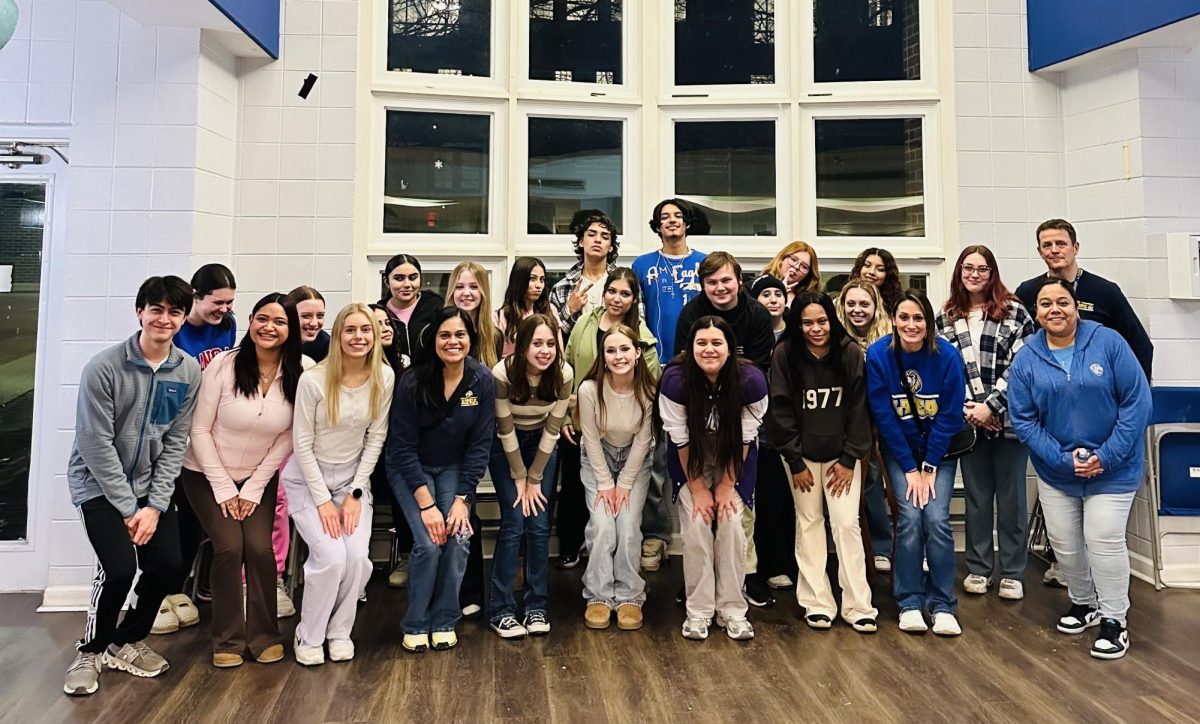We all know the confusion and frustration of talking to a friend who is taking the same class as you but with a different teacher, only to realize that they are learning completely different things or are behind or ahead of your class. Trying to help each other study for an upcoming test or even work on a homework assignment is impossible.
Still, it is crucial to remember that each teacher is an individual with their own experiences, perspectives, and methods. What one thinks is the best approach to teaching their subject may not be the same for another, and it is important for each to feel that they are able to teach their class as they see fit.
In AP Lang last year, my class was often at a different point than the others were. While we were still reading one book, my friends in the same class had moved on to the next, or vice versa. While they were writing essays, we were making presentations, and the other way around.
At first, I found this incredibly frustrating, as I wanted to work with my peers and discuss what we were doing in the course. I worried that I would be less prepared for the AP exam than others who had teachers that were moving faster or focusing more on AP-style questions than my class was. Yet as the year progressed, I came to terms with the differences.
By May, I realized that I wouldn’t have wanted the class any other way because since my teacher taught the class in the way that she felt would be most effective, she was able to teach us to her fullest capability. The class was engaging, interesting, and relevant. I got a five on the AP exam, and I know that I wouldn’t have found as much success had my teacher been forced to teach in a less productive way or with a binding timeline.
AP Physics 1 is another class that each teacher seems to teach differently. Though the order of subjects taught is universal, homework requirements, note-taking methods, and in-class materials vary greatly. Last year, my class only required worksheets and Canvas quizzes, while many of my friends completed additional textbook problems and spent entire class periods going over them. I received guided notes, but my peers took them by hand. Again, though this contrast was frustrating at first, learning the way your teacher sees fit is ultimately the most important thing.
Though working with friends taking the same classes is always beneficial, varying curriculums allow students to make connections with peers within their classes that they may not have otherwise reached out to, improving the LT community as a whole. While this is outside of the comfort zones of many, students are also always able to ask their teachers for additional support.
Despite seeming irritating and disconcerting at first, allowing freedom and flexibility for teachers in the way that they teach their classes results in more effective learning and a better experience for students. The best classes are those with the best teachers—and teachers can be at their best when they have the autonomy to teach the way that they choose.





















![Movie poster for '[Rec]" (2007).](https://www.lionnewspaper.com/wp-content/uploads/2023/04/rec-640x900.jpg)




